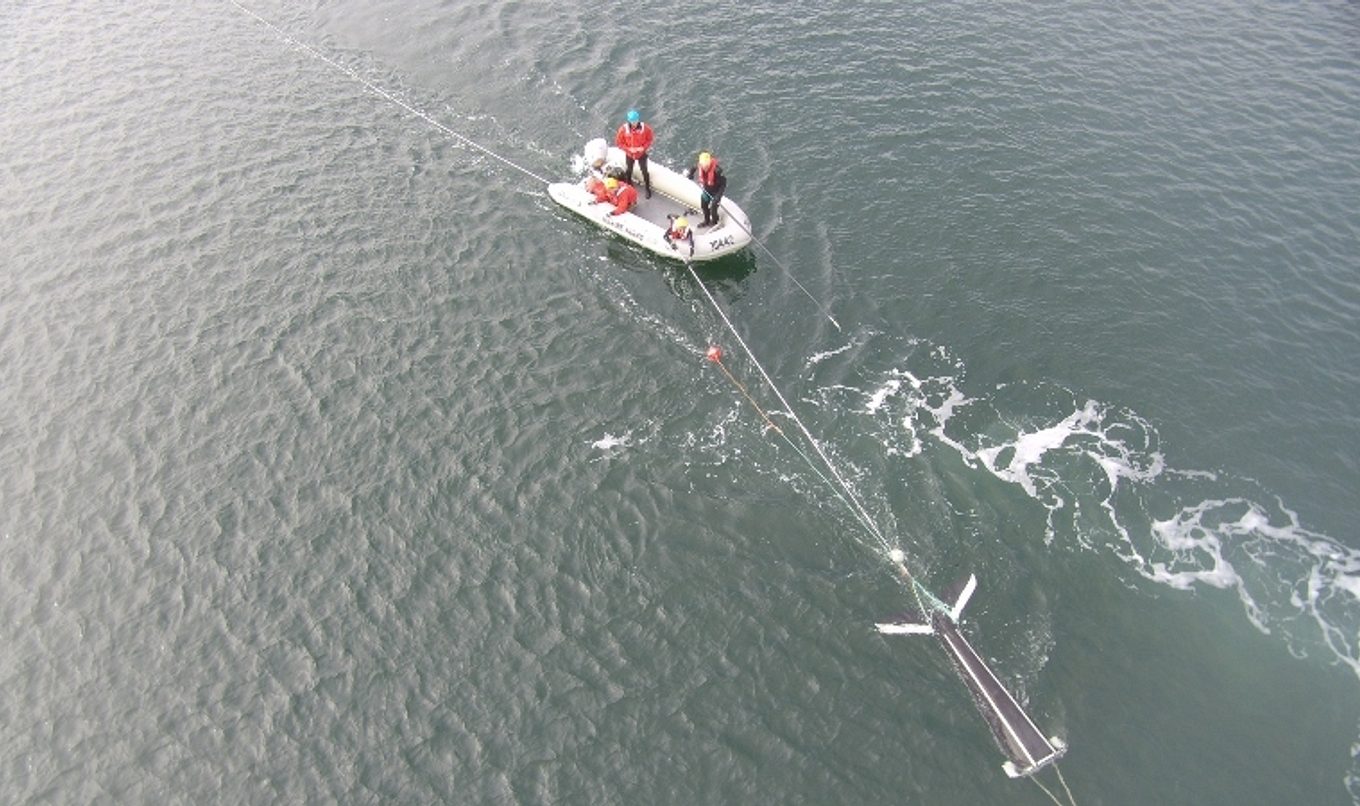Whale rescue team upskill for winter season
With hundreds of whales set to call South Australian waters home this winter, an expert marine team has been brushing up on their rescue skills in preparation for the winter migration.

The National Parks and Wildlife Service (NPWS) has two specialist whale disentanglement teams that respond to incidents in their corresponding regional areas.
The western team recently completed its annual training at Venus Bay in preparation for whales migrating into the Great Australian Bight.
NPWS Senior Ranger Nikki Zanardo said each year the team is called out to help whales and other marine animals that have become entangled, with nets and ropes the most common threats.
“Whale rescue attempts are actually quite dangerous as we’re working with very big, powerful and likely stressed animals. It’s really important that staff are well prepared by undertaking regular training,” she said.
“The disentanglement process is a complex and laborious process which can take many hours. Our ability to free the animal is highly dependent on the animal’s location, weather conditions, and the entanglement itself.
“The team aims to keep dry and carry out the disentanglement from a boat alongside the animal.
“This method is the best way to help out a large whale, such as a humpback whale or southern right whale. It is not a process you would use for smaller whales or dolphins.”
Dirk Holman, NPWS Marine Coordinator for the Western Eyre region said that direct intervention is the best way to help whales which have become entangled.
“We use a drone to fly over the whale to get a better understanding of the entanglement,” Mr Holman said.
“When we have a good idea of the challenges involved in the rescue, the team will deploy a series of ropes and buoys, with the aim of causing fatigue to slow the whale down.
“Once the whale is tired, we can make a safe approach to attempt to cut the entanglement.”
“We have a number of small boats that we use to get close to the whale. We also use larger boats to hold disentanglement equipment and extra crews, and use long poles which allow us to cut the entanglement whilst keeping our distance.
“To make sure we get it right when the time comes, we use some ‘whale tails’ that we made a few years ago to help us with training.
“We entangle the ‘whale tail’ in some rope or netting and then run through the whole procedure to remove the entanglement. We then repeat this several times to ensure everyone has had practice at it.”
Members of the public are encouraged to report any mammal incidents to a NPWS duty officer on 0427 556 676.

